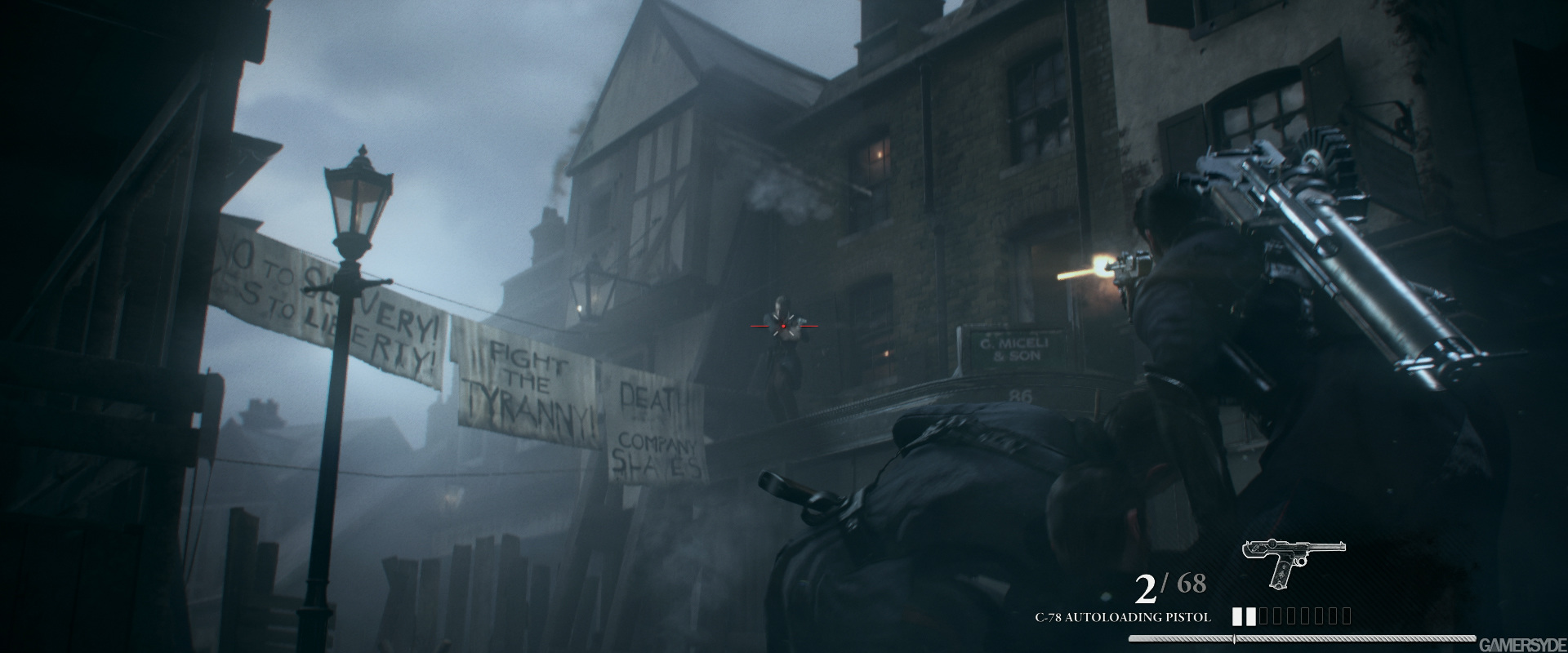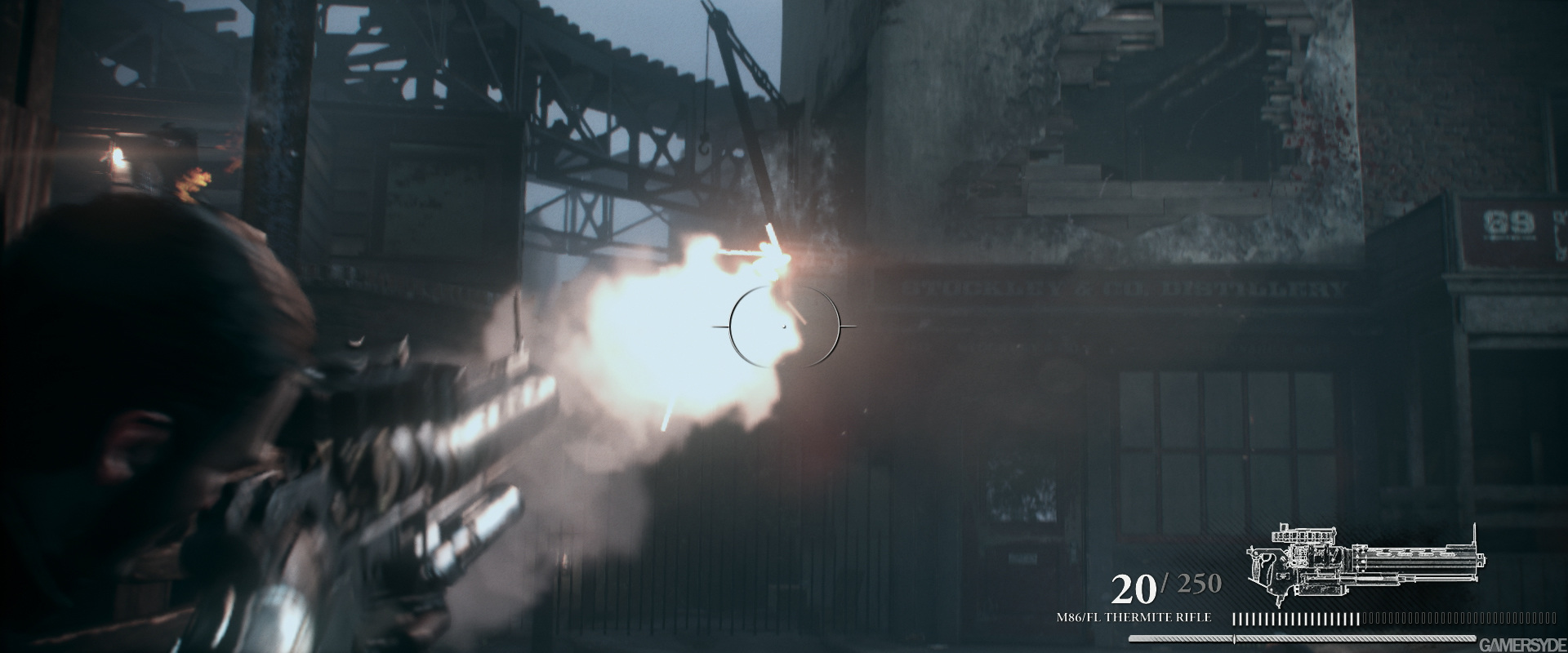In this instance, yes it does. Because it allows them to push the visuals and effects to provide a more realistic and filmic look, beyond what they'd be able to do at 60fps.
filmic yes realistic no, light moves well beyond double or single digits can't be realistic if your limiting the very speed at which see motion or light.
All them dropping to 30fps does is what you mentioned up the visuals cause they can't do it at 60fps with the same assets and effects. Even then from the footage we have seen it's unstable and their visual are the sole reason why considering what they have mentioned and what we know what fov and motion blur can cost computationally.





